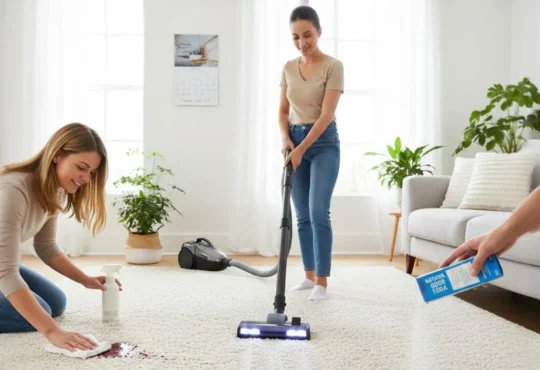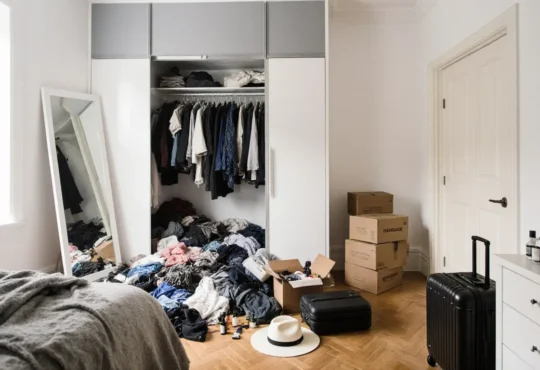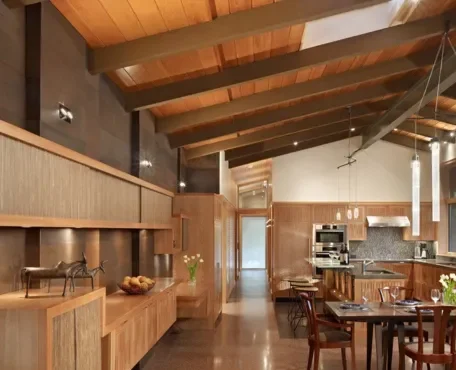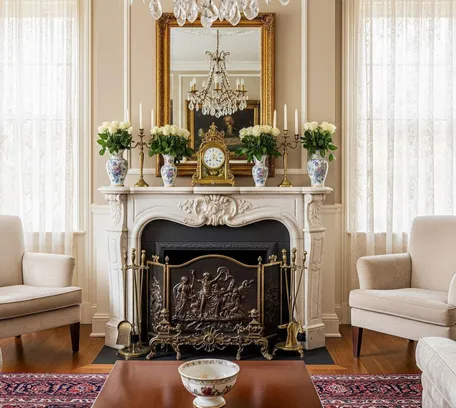
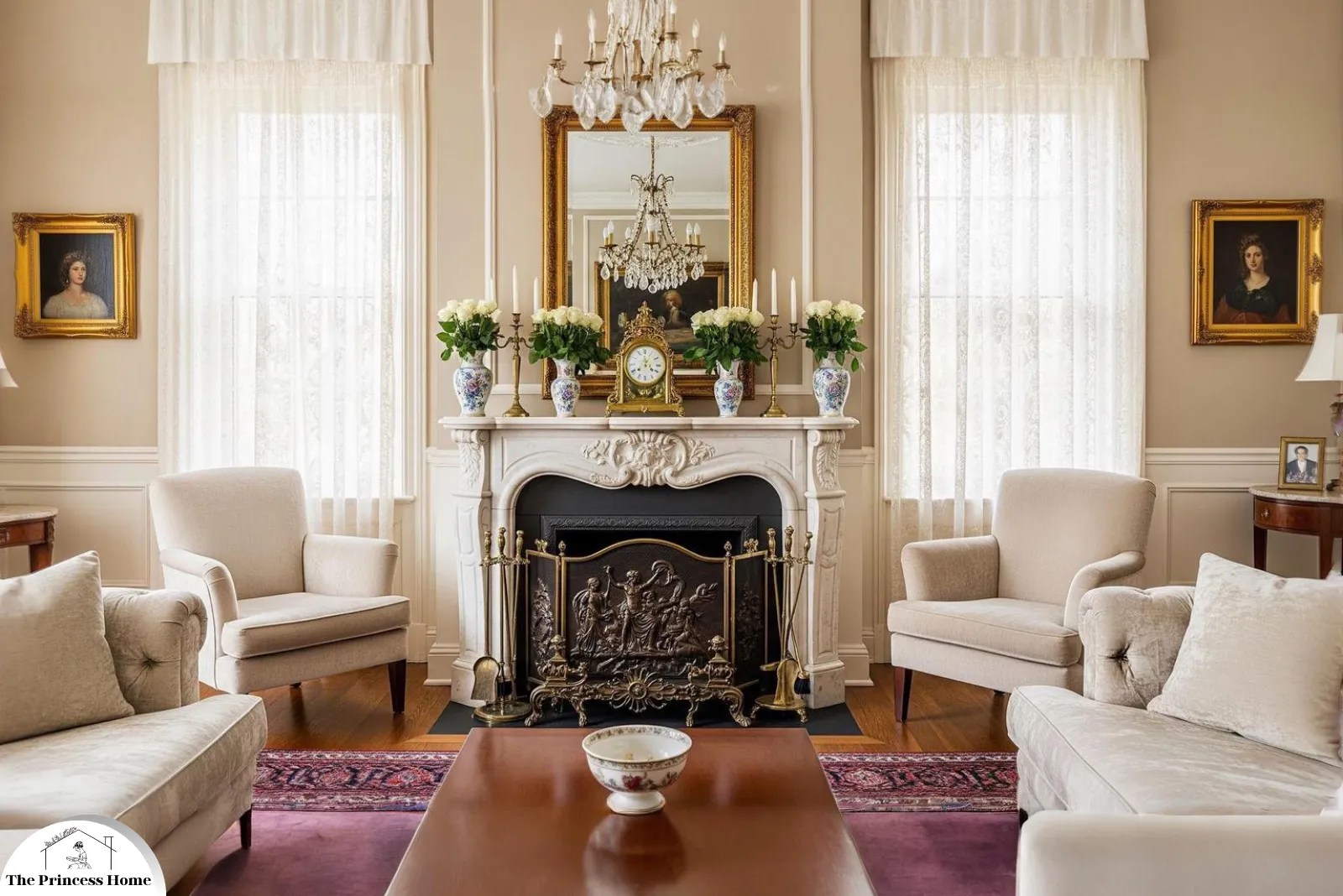
Fireplace Essentials: Your Guide to Safe and Cozy Enjoymen
A fireplace instantly transforms a house into a warm and inviting home. Whether it’s the crackling sound of burning wood, the soft glow of the flames, or the comfort of gathering around with family and friends, fireplaces bring both charm and function. But choosing and using a fireplace safely requires thoughtful planning. From selecting the right style to ensuring proper maintenance, understanding the essentials is key to enjoying a fireplace to its fullest.
In this guide, we’ll walk you through 12 essential tips to help you choose the right fireplace, operate it safely, and maximize its comfort in your home.
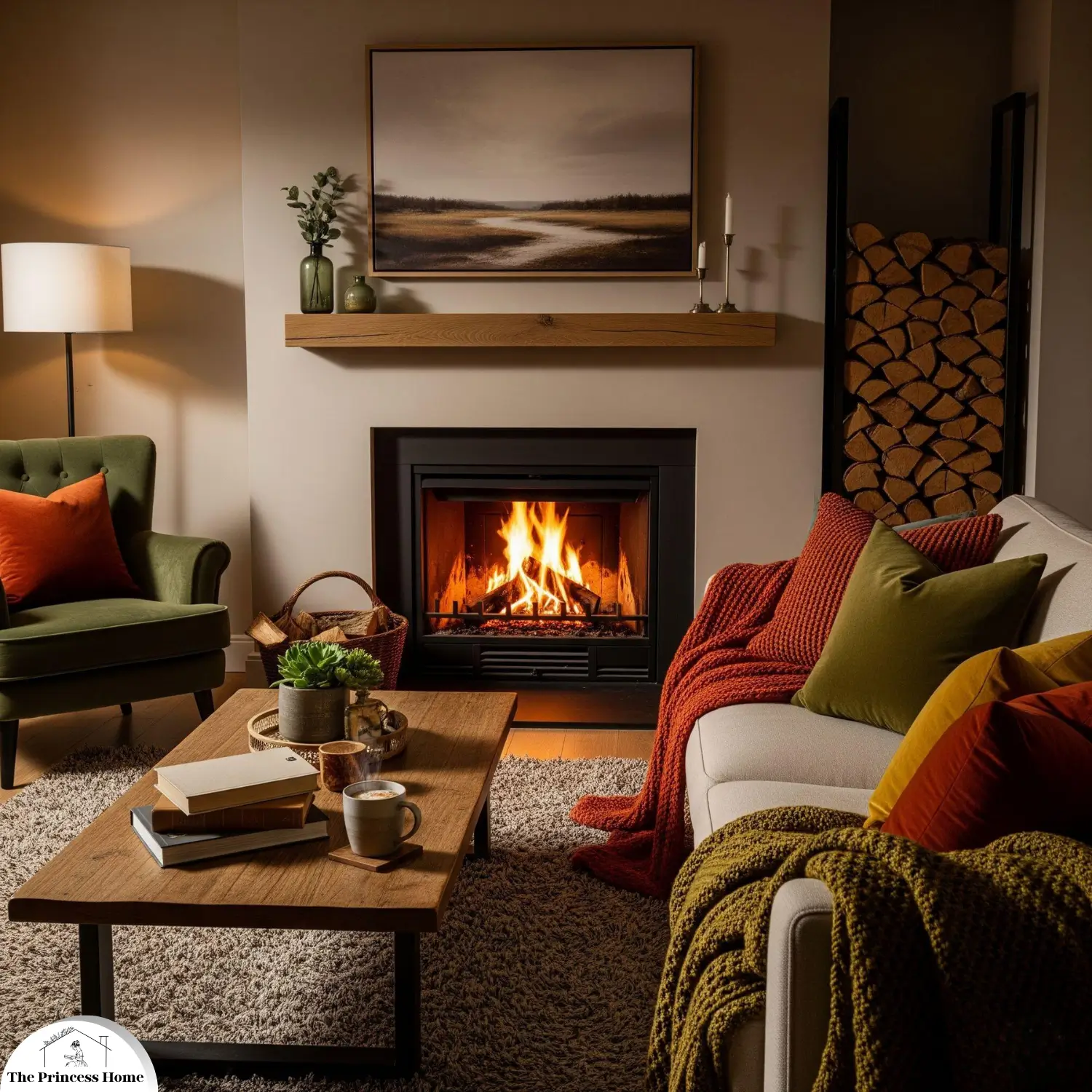
1. Define Your Purpose
Before buying or upgrading a fireplace, it’s important to define your purpose. If you’re looking for ambiance and aesthetics, an electric fireplace or decorative gas fireplace may be the best choice. For those who want supplemental heating, a wood-burning fireplace or pellet stove can provide effective warmth. If efficiency is your priority, consider high-efficiency fireplace inserts or gas fireplaces that deliver consistent heat while lowering fuel costs. Ultimately, your goal will determine the right fireplace type, size, and placement for your home.
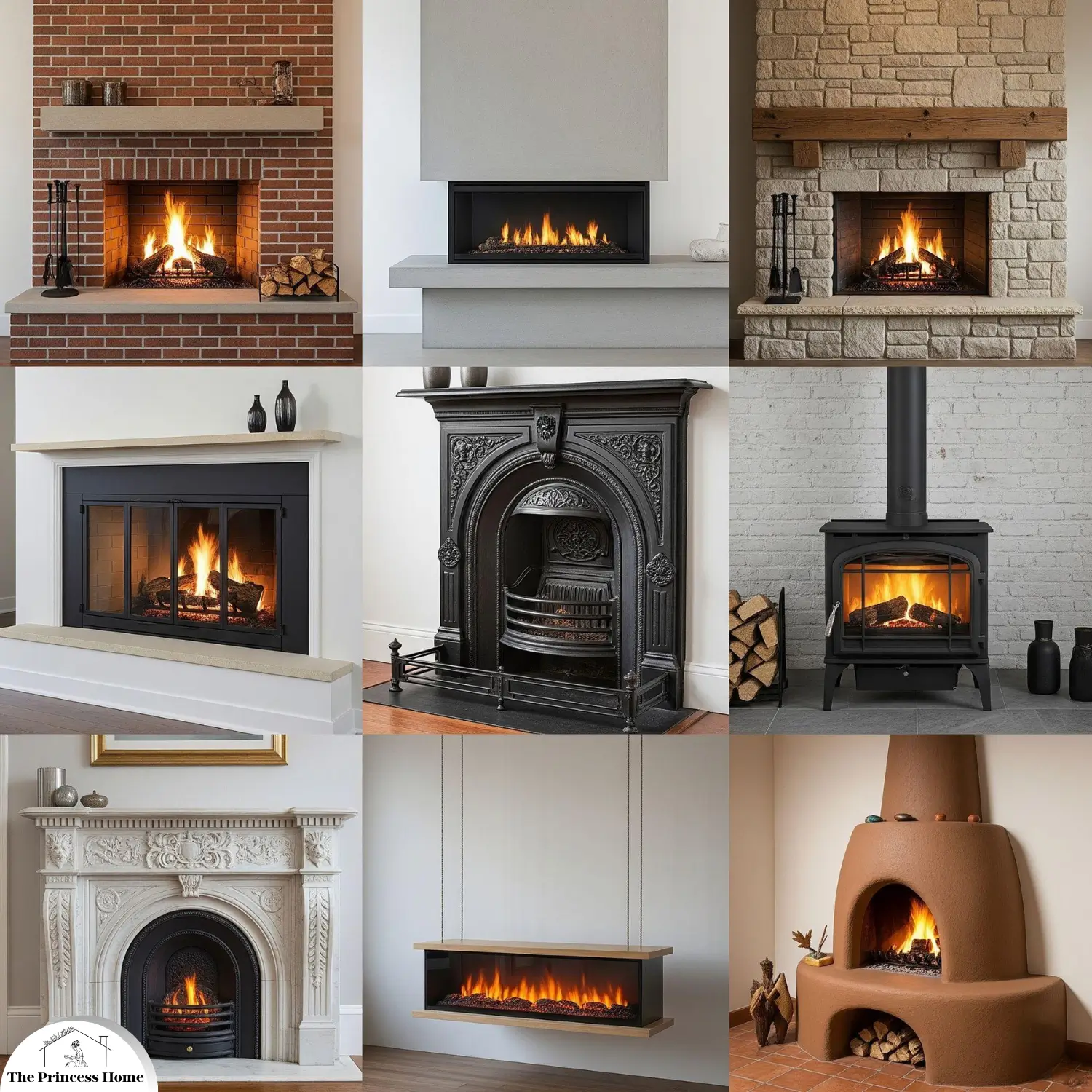
2. Know the Types of Fireplaces
There are several types of fireplaces to consider, each with unique advantages and drawbacks. A wood-burning fireplace offers a traditional, authentic, and cozy atmosphere but requires a chimney, regular maintenance, and a steady wood supply. Gas fireplaces are highly convenient, energy-efficient, and low-maintenance, with flexible options such as direct venting. If you want simplicity, an electric fireplace is easy to install, safe, and ideal for creating ambiance without significant heat loss. For a modern touch, ethanol fireplaces are sleek, ventless, and eco-friendly, though they provide only limited heating. The best fireplace for your home will depend on your lifestyle, heating needs, and structural setup.
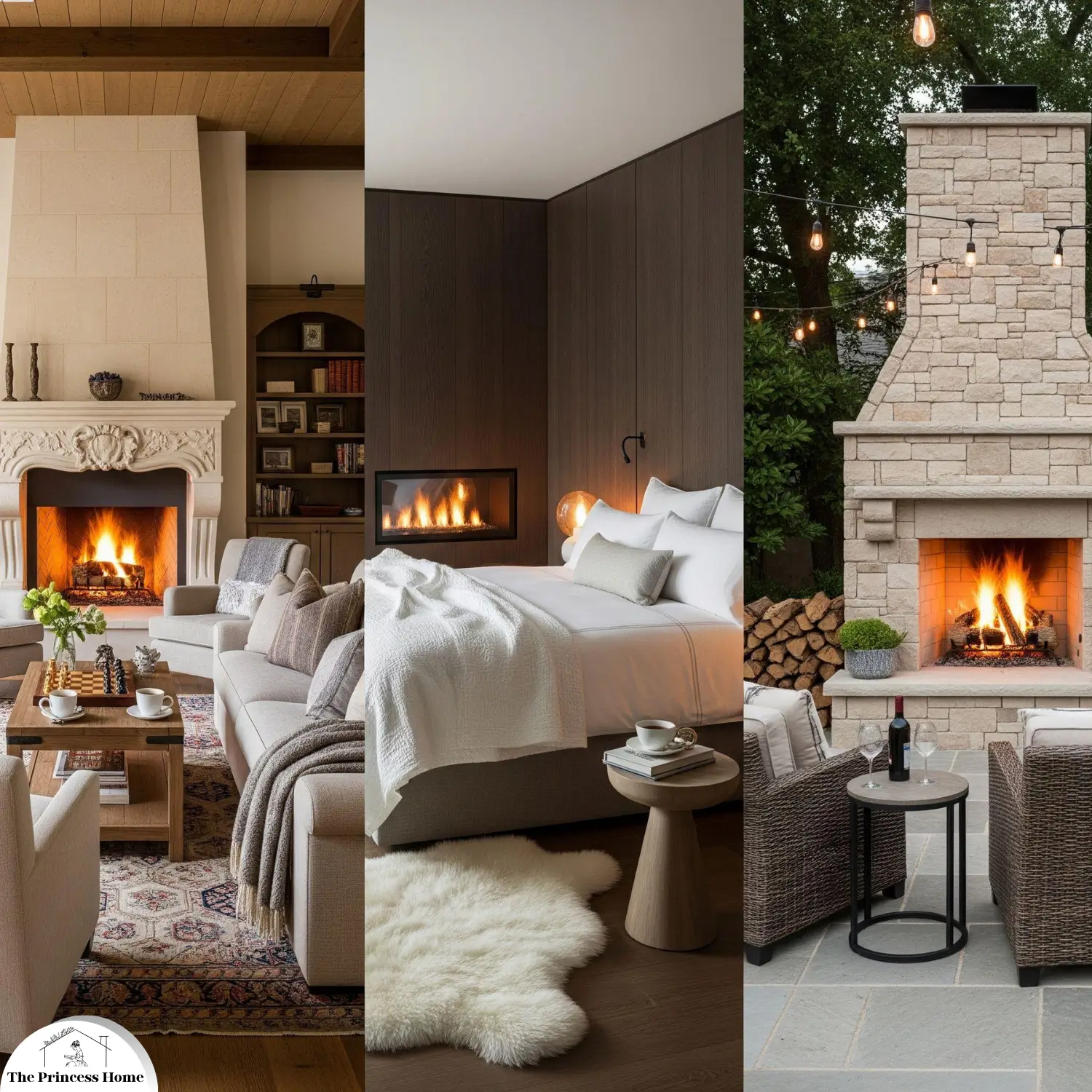
3. Consider Placement Carefully
Fireplace placement plays a key role in both safety and functionality. In the living room, a fireplace often becomes the central gathering point for family and guests. In the bedroom, it adds a sense of luxury, comfort, and warmth, creating a cozy retreat. Outdoor fireplaces can extend your living space into the garden or patio, making them perfect for entertaining year-round. To ensure safety and efficiency, always consult a professional for proper clearances, ventilation, and seamless integration with your home’s design and layout.
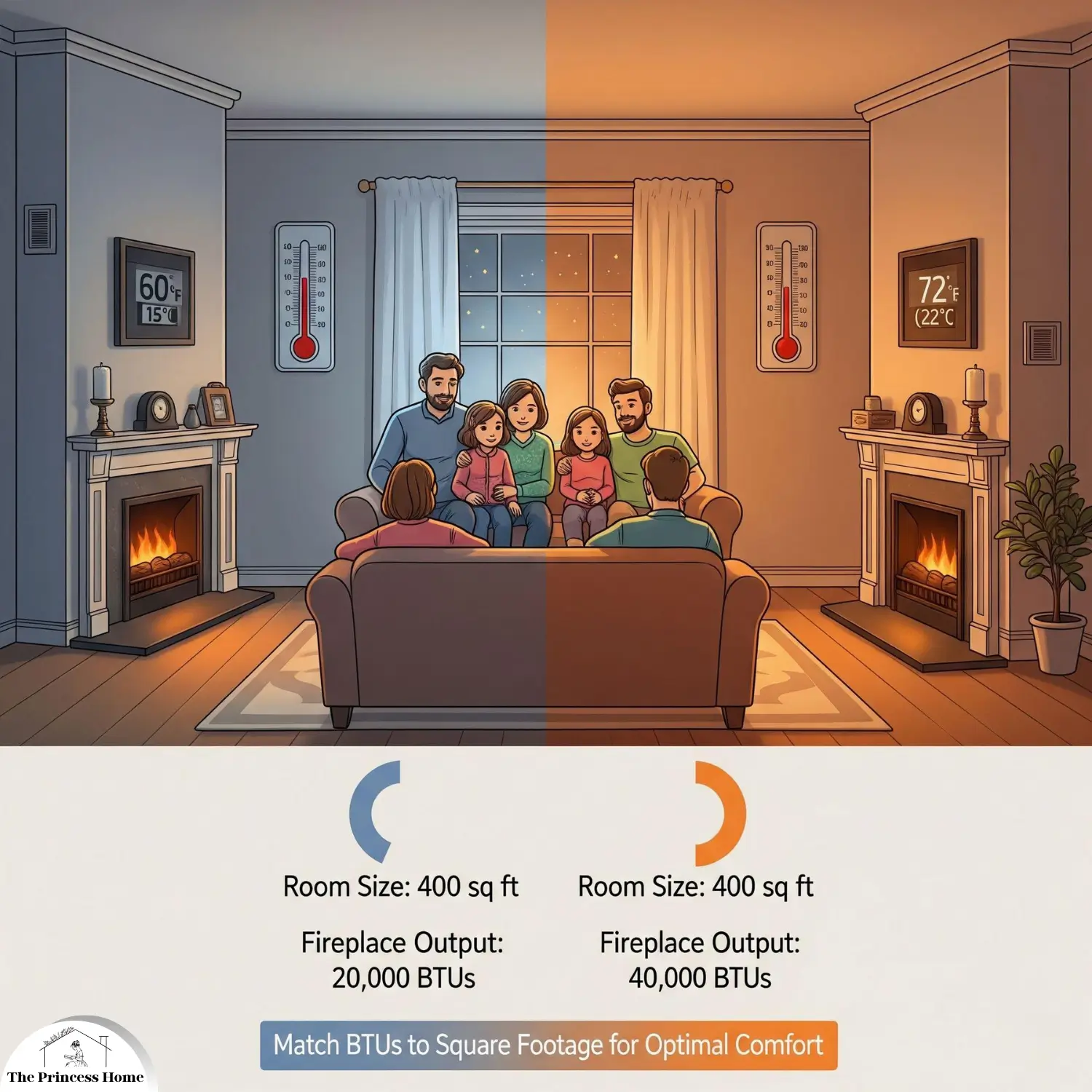
4. Choose the Right Size
When choosing a fireplace, size matters. A unit that’s too small won’t provide enough heat for your space, while one that’s too large can cause overheating or uncomfortable drafts. To achieve the perfect balance, calculate your room’s square footage and compare it with the heating output ratings—measured in BTUs for gas and electric fireplaces. This ensures you select the right fireplace size for maximum comfort, efficiency, and performance.
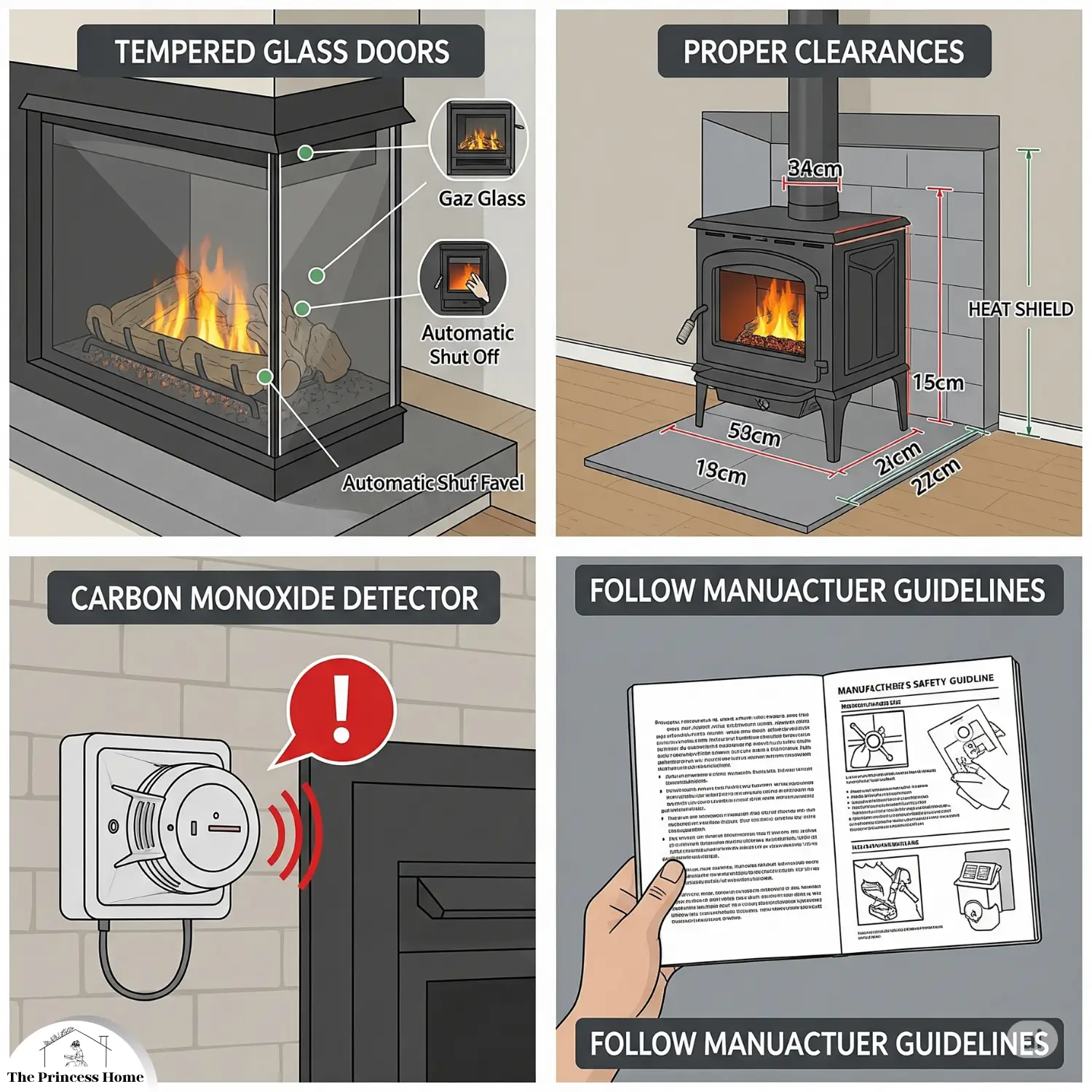
5. Focus on Safety Features
Fireplace safety should always be the top priority. Choose models with tempered glass doors to prevent sparks and accidental burns, and opt for automatic shut-off features in gas or electric fireplaces for extra protection. For wood-burning stoves, ensure proper clearances and use heat shields to reduce fire risks. It’s also essential to install a carbon monoxide detector in the same room for added safety. Always follow the manufacturer’s safety guidelines for installation and operation to keep your home warm, efficient, and secure.
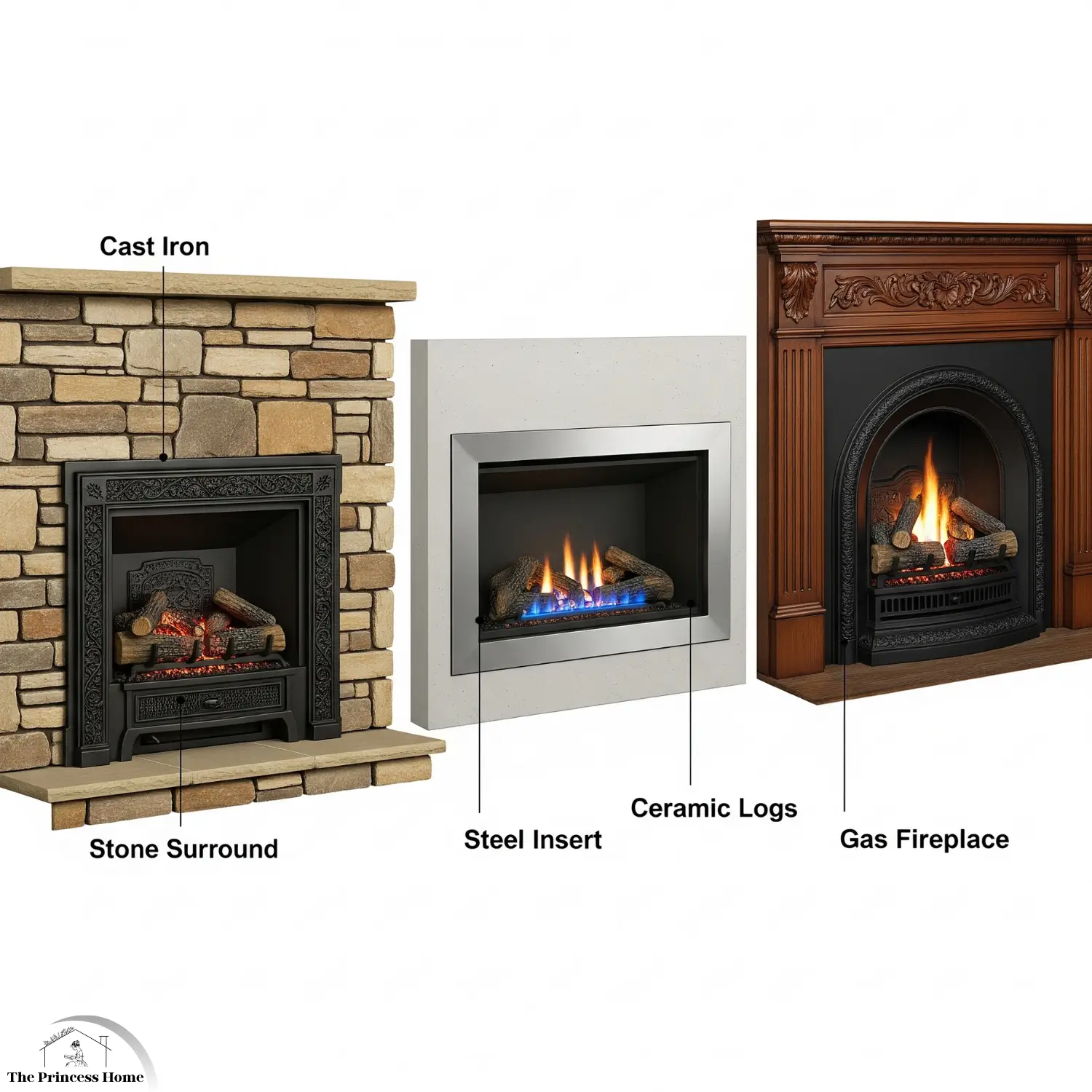
6. Invest in Quality Materials
The durability and longevity of a fireplace largely depend on the materials used. Cast iron and stone surrounds retain heat effectively while offering timeless elegance, whereas steel inserts provide a modern look with high efficiency. In gas fireplaces, ceramic logs mimic the appearance of real wood and can last for many years. Choosing high-quality materials not only enhances the fireplace’s lifespan but also reduces maintenance and improves overall heating efficiency.
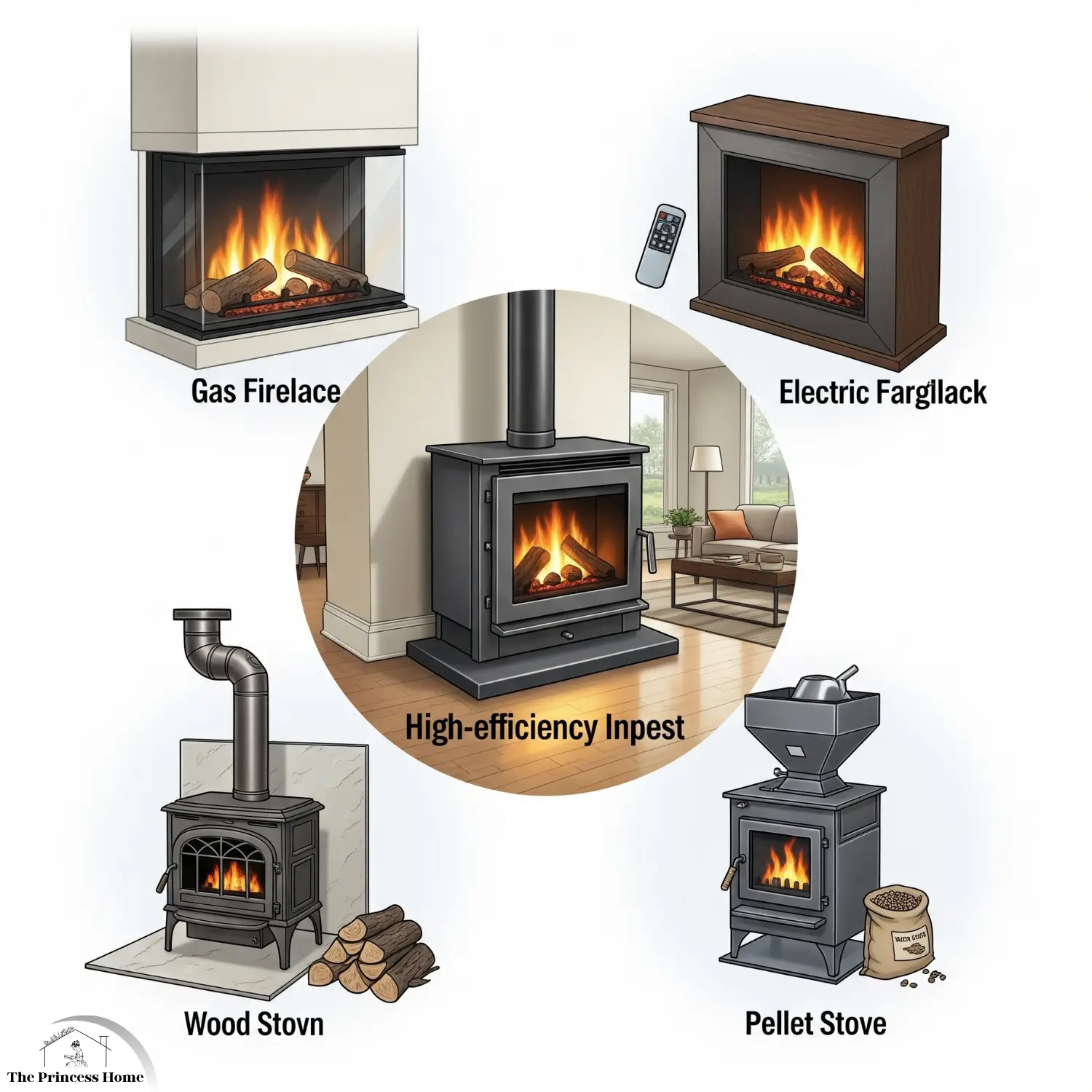
7. Prioritize Energy Efficiency
Fireplaces can waste energy if not selected wisely, but modern options offer efficient solutions. Gas and electric fireplaces often feature high energy efficiency ratings, while EPA-certified wood and pellet stoves burn cleaner and use less fuel. Installing a fireplace insert can also improve the efficiency of an older, drafty fireplace. Choosing energy-efficient fireplaces not only saves money on heating costs but also reduces environmental impact, making them a smart and sustainable choice for your home.
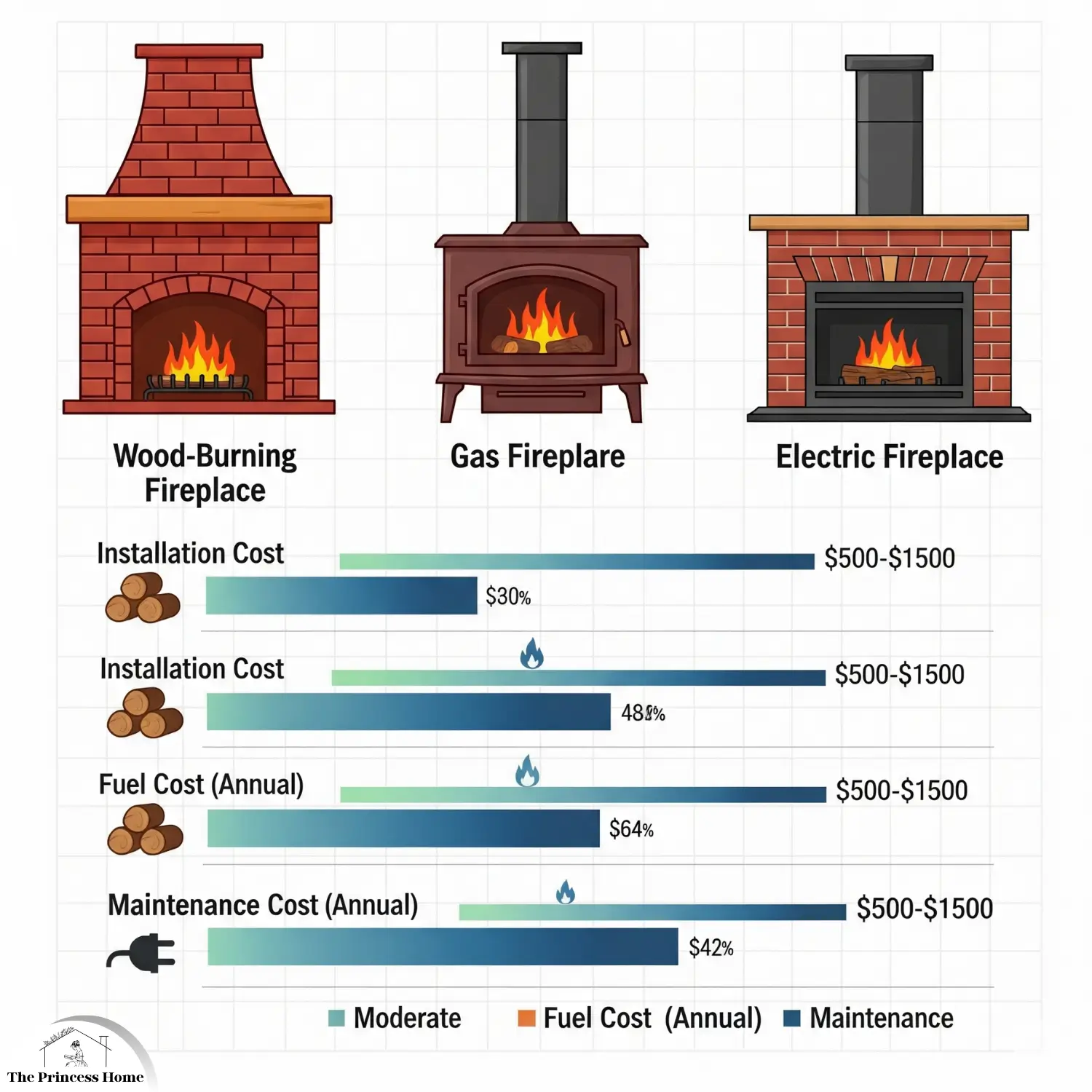
8. Budget Wisely
Fireplace costs vary widely depending on type and installation requirements. Wood-burning fireplaces often have higher installation costs and ongoing expenses for fuel and maintenance. Gas fireplaces usually require a moderate upfront investment but offer low maintenance, while electric fireplaces are budget-friendly with minimal installation needs. When setting your budget, consider all factors including installation, venting, permits, fuel costs, and long-term maintenance to ensure you choose a fireplace that fits both your home and your wallet.
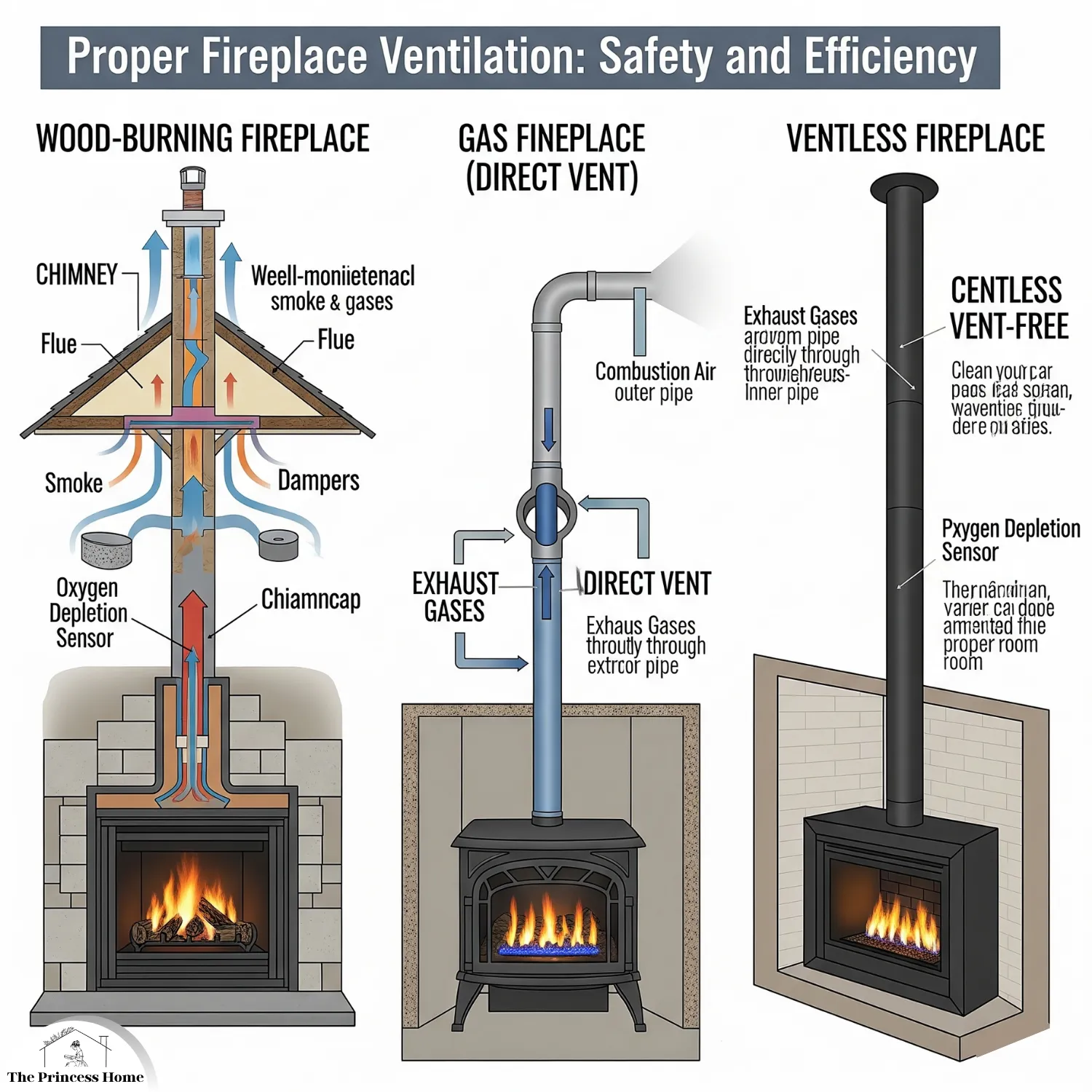
9. Don’t Forget Ventilation
Proper ventilation is crucial for both fireplace safety and efficiency. Wood-burning fireplaces require chimneys and flues to safely exhaust smoke and gases, while gas fireplaces often rely on direct venting through exterior walls. Ventless options, such as certain gas and ethanol models, require special precautions to maintain indoor air quality. Always consult local building codes and hire professional installers to ensure your fireplace meets safety standards and operates efficiently.
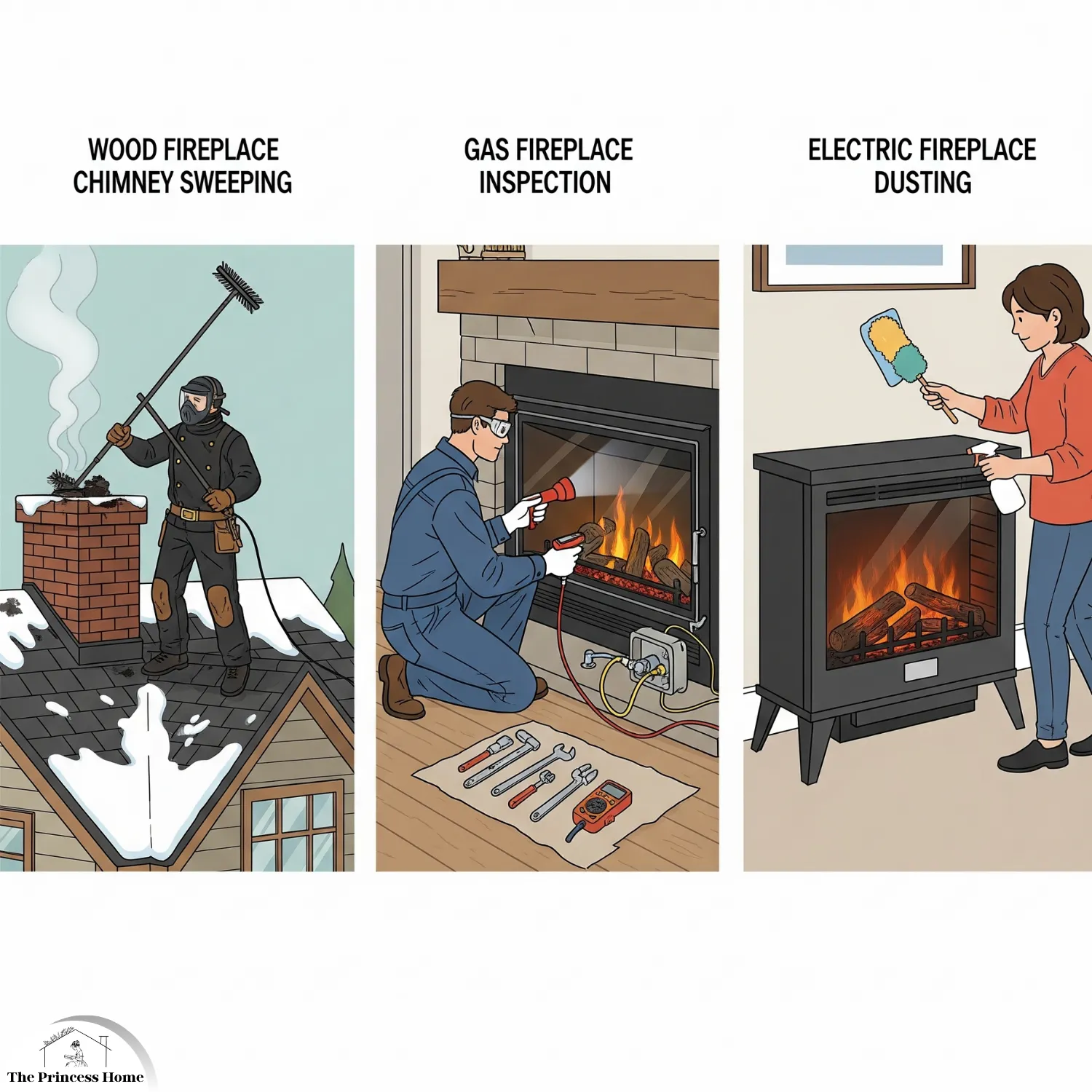
10. Plan for Maintenance
Every fireplace requires regular care to ensure safety and longevity. Wood fireplaces need chimney sweeping, ash removal, and creosote inspections. Gas fireplaces benefit from annual inspections of burners, valves, and seals, while electric fireplaces require minimal upkeep, mainly dusting and occasional bulb replacement. Consistent fireplace maintenance not only extends the life of your unit but also ensures safe and efficient operation for years to come.
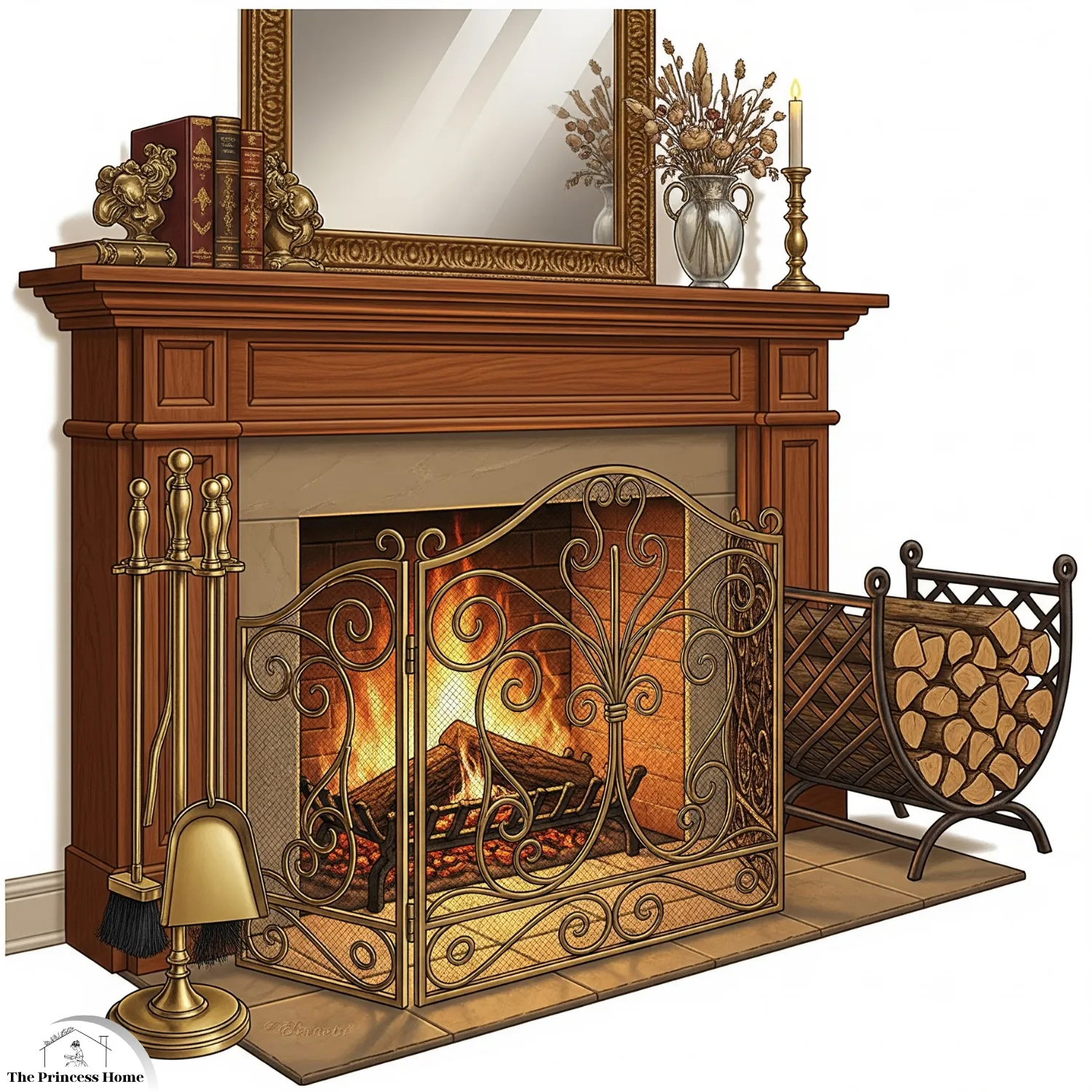
11. Accessorize for Function & Style
Fireplace accessories enhance both safety and style in your home. Screens and spark guards provide protection from stray embers, while fireplace tools like pokers, tongs, brushes, and shovels help manage wood fires safely. Mantels and surrounds elevate the room’s décor, and log holders or racks offer convenient storage. These accessories not only improve fireplace functionality but also add to the overall ambiance and aesthetic appeal of your space.
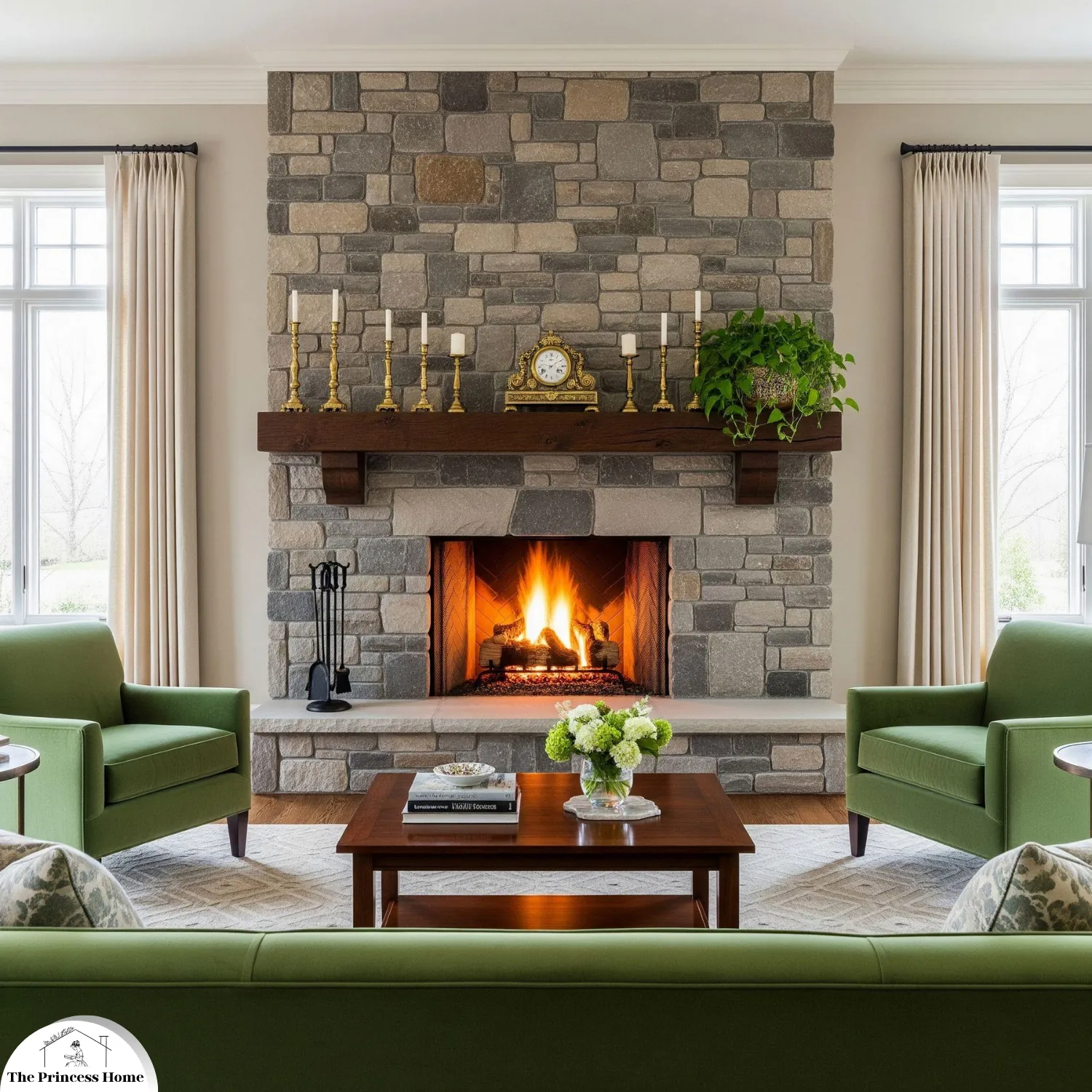
12. Think About Long-Term Value
Fireplaces add both charm and resale value to a home. A thoughtfully chosen and properly maintained fireplace can increase property value by enhancing the home’s appeal, offer long-term heating savings, and serve as a timeless focal point in any living space. Investing in a high-quality fireplace now ensures comfort, style, and lasting benefits for years to come.
Final Thoughts
Choosing the right fireplace is about more than aesthetics—it’s about safety, efficiency, comfort, and lifestyle. By carefully considering type, placement, materials, ventilation, and maintenance, you’ll ensure that your fireplace not only looks beautiful but also serves your family well for years.
Whether you’re cozying up on a winter night or hosting friends by the fire, these 12 essential tips will help you make the most of your fireplace with peace of mind.
Conclusion
Incorporating these additional elements into your fireside routine can contribute to a more enriching and enjoyable experience. By combining safety measures, responsible practices, and creative enhancements, you can transform your fireplace into a versatile and cherished part of your home, offering both comfort and aesthetic pleasure throughout the year.
Here are some frequently asked questions related to the article :
Q1: What type of firewood is best for a fireplace?
A1: Dry and well-seasoned hardwoods like oak, maple, and birch are ideal for efficient burning and producing less creosote buildup. Avoid using softwoods like pine, as they can create excess creosote and lead to chimney issues.
Q2: How often should I inspect my chimney?
A2: It’s recommended to have your chimney inspected by a certified professional at least once a year, even if you use your fireplace infrequently. Regular inspections ensure proper ventilation and identify potential hazards early on.
Q3: Can I burn treated or painted wood in my fireplace?
A3: No, burning treated or painted wood is not recommended. These materials can release harmful chemicals into the air and create health hazards. Stick to untreated, natural wood for safe and clean burning.
Q4: Should I keep the damper open while the fire is burning?
A4: Yes, it’s important to keep the damper partially open while the fire is burning. This allows for proper ventilation and helps prevent smoke from entering the room.
Q5: How can I prevent sparks from flying out of the fireplace?
A5: To prevent sparks and embers from escaping the fireplace, use a fire screen. A fire screen acts as a barrier, keeping the sparks contained and reducing the risk of accidental fires.
Q6: What should I do if I detect a strong smell of smoke in the room?
A6: If you notice a strong smell of smoke in the room, it might indicate that the damper isn’t fully open or that there’s an issue with the chimney’s airflow. Check the damper and adjust it if needed, and make sure the room is well-ventilated.
Q7: Is it safe to leave a fire unattended?
A7: It’s not recommended to leave a fire unattended. Always monitor the fire and ensure it’s properly managed. If you need to leave the room, extinguish the fire safely before doing so.
Q8: How do I extinguish a fire properly when I’m done using it?
A8: To extinguish a fire, let it burn down naturally if possible. Once the fire has completely burned out, close the damper to prevent drafts. If immediate extinguishing is necessary, use a small amount of water or sand to douse the fire.
Q9: Can I use my fireplace if I have respiratory issues?
A9: If you or someone in your household has respiratory issues, it’s important to be cautious when using the fireplace. Ensure proper ventilation and consider using an air purifier to minimize smoke exposure.
Q10: How can I keep my fireplace looking clean and attractive?
A10: Regularly clean the fireplace to prevent soot and creosote buildup. Use a fireplace brush or vacuum designed for ash removal. Consider adding decorative accessories like a mantel, fire-resistant rug, or decorative screen to enhance the fireplace’s visual appeal.


